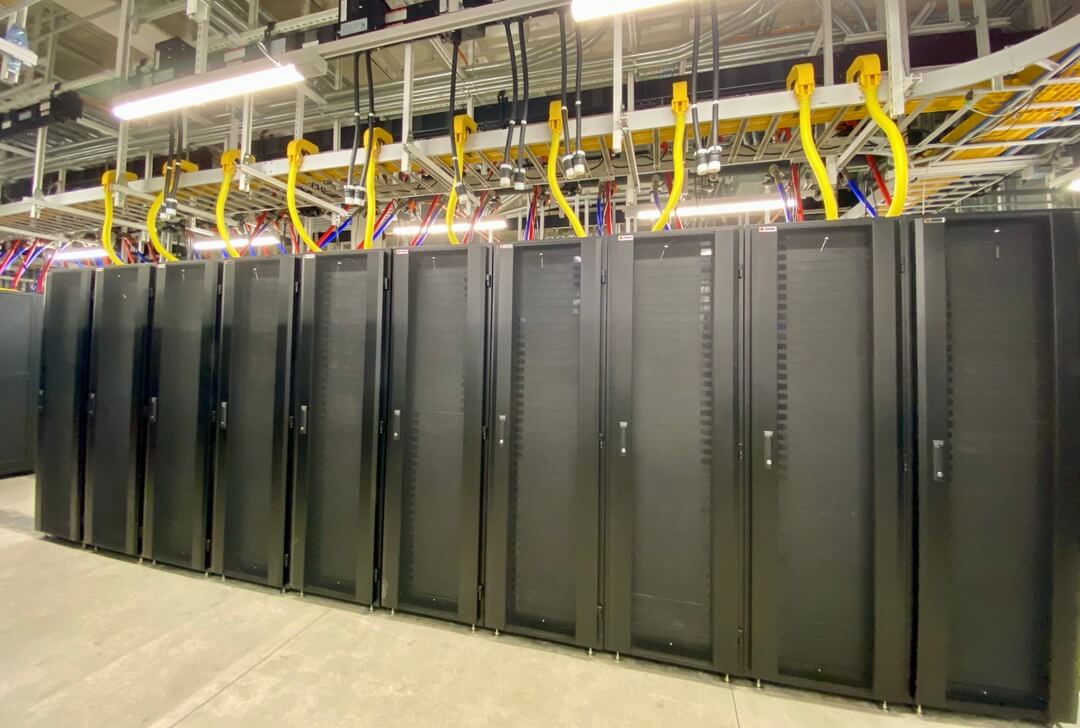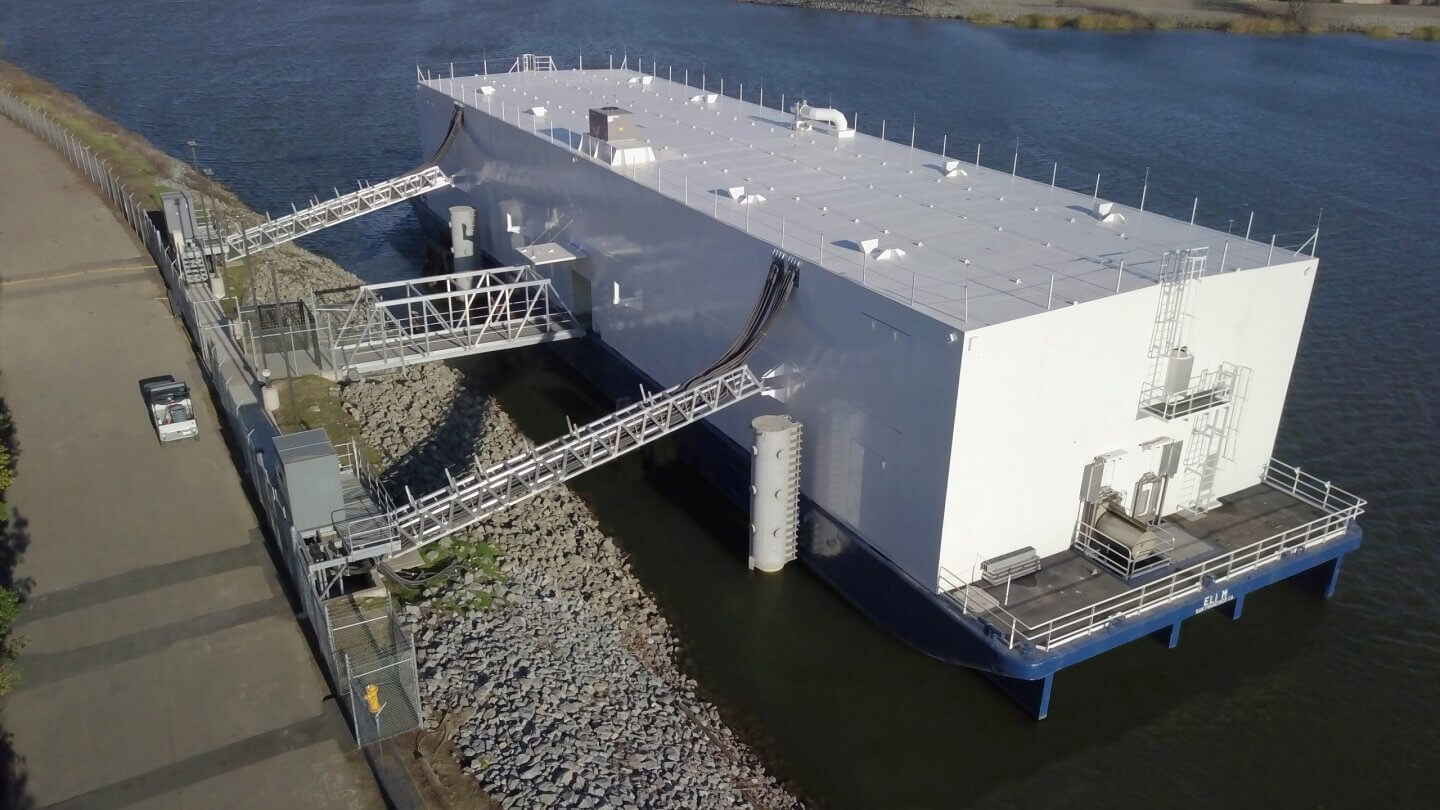The water-cooled, zero-impact data centers from Nautilus
Keeping data centers’ contents cool is an increasing problem for all DC operators. There is an increasing desire from inside the industry for greater sustainability and lower power consumption — Google’s recent raft of “green” measures announced at I/O 2021, for example. A significant factor in the power equation is managing the cost of heat dispersion and facility cooling in general.
Facebook has begun supplying a small Danish town with domestic heating via hot water taken from its local data center, while The Netherlands-based Blockheating uses its liquid cooling network to keep industrial-sized greenhouses warm in colder months — waste heat helping to grow bell peppers and tomatoes in the depths of winter.
There are plenty of differences in regulation levels and details across the globe regarding sustainability, with EU legislation generally being more stringent than that of many US states, for example. Nevertheless, increasing numbers of regulations concerning emissions and water use are pretty much inevitable and applicable to every industry — but data center operators are particularly affected.

Source: Nautilus Data Technologies
No small wonder, then, that the big cloud providers are so committed to finding more efficient ways to power and cool facilities and for those facilities to use less juice overall. It makes both economic and environmental sense to lead by example, and the further ahead of the regulators that Google, AWS et al. can move, the longer their investments in new facilities will last.
There are some unavoidable laws of physics at play here, too, plus the increasing demand for more powerful compute. Where 8kW per rack might be considered normal, DGX-certified NVIDIA racks will need about 35kW. Even supplying that amount of power at scale will be challenging — removing the excess heat sustainably and economically is very much more so.
While liquid cooling solutions like the use of gray water are effective, the UN’s Water Scarcity Report published in 2020 points to the strong possibility that DCs will soon have to adhere to stricter regulation on that resource too. Some answers may come from esoteric liquids like those used by Blockheating, but the conundrum remains: processors continue to evolve according to Moore’s law, yet it’s supporting infrastructure that needs to level up.
Readers of these pages may recall the Microsoft capsule data center’s literal surfacing from the cold waters off the Orkney Islands in 2018, and we at Tech HQ thought at the time that the cloud giant was on to a good idea. After all, seawater (much of it very cold) covers 71% of the world’s surface — why not use a drop or two?
Nautilus Data Technologies holds the only patents for full cycle water cooling and developed direct water cooling technologies for a prototype DC that won the company the Tech & Innovation Startup Award from the San Francisco Business Times back in 2016.

Source: Nautilus Data Technologies
The company’s engineering pedigree shows in a set of highly impressive stats in its now-mature, production DCs — Nautilus facilities are 70% more energy-efficient in cooling compared to traditional data centers, have a 30% net smaller carbon footprint, can run 100kW per rack, and at a daily PUE of 1.15. The technology means the company doesn’t have to use refrigerants or chemicals for cooling, plus its DCs consume no water at all. That means no drinking water, emits zero pollution, and operate silently.
The data centers can be located on land or floating on the sea itself. Naturally, you might imagine that such an efficient and environmentally friendly facility would come with some kind of “green surcharge” — the type of price bump consumers and businesses must pay electricity suppliers for green tariffs. Contrary to that, the pricing structure Nautilus offers is effectively market terms. In fact, all the standard “givens” are…given! 24/7 access, staging, co-lo, and carrier neutrality to namecheck a few.

Source: Nautilus Data Technologies
At Tech HQ, we can see facilities from Nautilus being used in conjunction with renewable power sources for a truly zero-impact data center. We can dream of a seawater-cooled facility using wave power for a fully aquatic and self-contained data center!
But until then, what Nautilus is offering today are remarkably well-equipped, future-proof facilities (and incredible cooling capabilities) that allow the next generation of compute to function at its optimum. The term “ground-breaking” is physically wrong in this context, but it rings true as a metaphor!
To find out more about Nautilus Technology, head on over to the company’s site and reach out to the company to find out more.









